Dear readers, I think we all know that I am a huge fan of romance novels. I’ve explained my love of the genre one or two times here.
But sometimes it’s the things you love best that can also trouble you the most. And since we have created a space here within the warp and weft of the Internet to talk about books, I thought I’d use this space to talk about that troubled relationship.
 Now, as I’ve said before: I realize that romance is a genre built on fantasy and wish-fulfillment. I no more expect verisimilitude from my romances than I think James Bond is a real guy, or that we can build dinosaurs from the DNA found in mosquitoes. As I’ve said previously, romance novels are a space where we get to talk about issues of gender, and where we can support the healthy expression of desire and the individual quest for a happy ending. They created a space where the social norms could be transgressed, and where women were given the space, the time, and the support, to discover what it was they wanted, and to go for it. More and more today, we see the inclusion and recognition LGBTQ community, as well. Non-heterosexual romances are becoming more and more prevalent, and I, for one could not be happier.
Now, as I’ve said before: I realize that romance is a genre built on fantasy and wish-fulfillment. I no more expect verisimilitude from my romances than I think James Bond is a real guy, or that we can build dinosaurs from the DNA found in mosquitoes. As I’ve said previously, romance novels are a space where we get to talk about issues of gender, and where we can support the healthy expression of desire and the individual quest for a happy ending. They created a space where the social norms could be transgressed, and where women were given the space, the time, and the support, to discover what it was they wanted, and to go for it. More and more today, we see the inclusion and recognition LGBTQ community, as well. Non-heterosexual romances are becoming more and more prevalent, and I, for one could not be happier.
But for all that the genre is subverting notions of gender and power, it is also sanctifying other social structures and power dynamics that really, genuinely worry me. And I think it’s worth being aware of these things if we wish them to change–in real life, and in the world of the books we read. I am not trying to chastise anyone for liking a particular book/genre/plot/etc here. You are free to read whatever you chose, and have the right to enjoy any book you enjoy. But I think, as readers, it’s worth questioning the things we see in books, and ask if we can do better. So here goes:
Race
A few leading questions here…why are romances with non-white leads called “multi-cultural romances”? Why are most of the small towns in “small town romances” only (or predominantly) populated by white, Anglo-Saxon people? What reality is this reflecting?
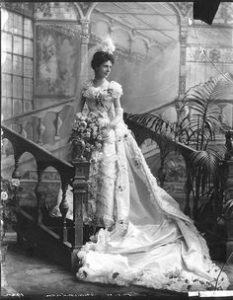 This is a very, very old problem in literature, specifically in American literature, than can be traced back to the myths and realties the 19th century (and earlier, to be honest), which we can discuss at length later. But, to be brief, there are two assumptions at play here: first is the Victorian (classist) assumption that marriage was only for white (wealthy) people. Therefore, a love story that doesn’t involve white people (and usually financially secure white people) becomes somehow ‘other’. Secondly, a lot of romances seem to be striving for a more harmonious community, not by showing how people of different backgrounds can work together and appreciate difference–but by obliterating difference all together.
This is a very, very old problem in literature, specifically in American literature, than can be traced back to the myths and realties the 19th century (and earlier, to be honest), which we can discuss at length later. But, to be brief, there are two assumptions at play here: first is the Victorian (classist) assumption that marriage was only for white (wealthy) people. Therefore, a love story that doesn’t involve white people (and usually financially secure white people) becomes somehow ‘other’. Secondly, a lot of romances seem to be striving for a more harmonious community, not by showing how people of different backgrounds can work together and appreciate difference–but by obliterating difference all together.
Now, I realize that there are plenty of places in the United States where racial/ethnic diversity is not present. In some cases, that is the result of immigration and demographics and not necessarily reflective of any prejudices or discriminatory policies. But the inability of the romance genre to reflect the diversity that exists within American society at large–or to place books that do in a separate genre category–is a problem. And if we are going to be dealing in wish fulfillment and fantasy, I would so much rather embrace the idea of people from different backgrounds, be they social, economic, racial, ethnic, religious, or any other, living together and respecting their differences than I would a world where those differences didn’t exist at all.
Nothing I can say will sum it up better than this blog post by Tom Pollack, who is one of my favorite authors of 2017, so here is the link.
Class
The “Cinderella trope”, where a girl who is not fantastically wealthy is ‘rescued’ by a man who is, is so well-established that I didn’t really need to describe what a “Cinderella Trope” really was. And it is true that, generally, women are more effected by poverty than men. But money doesn’t give anyone the right to be a jackass.
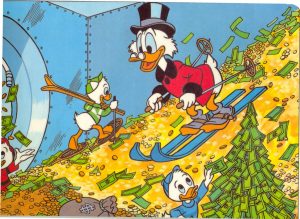
So often in romance novels, a hero’s wealth…and let’s pause here and acknowledge that it’s almost always the hero who is the independently wealthy character. The “self-made man”. The utterly improbable rags-to-riches twenty-something billionaire. There are stacks of books with titles like “The Millionaire’s Baby”, or “The Billionaire’s Secret Baby”…and it is taken for granted that the millionaire/billionaire in question is the male character in the story. Which is, in itself, a problem.
However, as I was saying, so often in romance novels, the hero’s wealth is used as a justification for really anti-social behavior. Because he is rich, he has been given tacit social approval to boss people around, to control the world around him, and to treat people as essentially less than himself. This is a trope as old as capitalism itself…think of Jane Eyre and Rochester…for all his talk about their essential equality, Rochester is not above using his wealth and power to manipulate Jane–and while Charlotte Bronte wasn’t afraid to talk about some of the class issues in their relationship, it’s significant that this behavior is still going on in romances today.
What is supposed to be remarkable about these stories is that a wealthy, entitled man would deign to notice a non-wealthy woman, who can humanize him. On a larger scale, these books tell us that there is a human, emotional side to capitalism that will reward those who are good and smart and kind of heart (and dangerous assumption in and of itself). But what this trope also does is equate wealth with the kind of privilege that allows for–and applauds–the manipulation of others. They also tell us that wealth is a (if not the reward). Would Pretty Woman be as memorable without the spending-spree montages and the opera visit? If it was just about a man buying a prostitute, would it be considered a classic romance film? Would Christian Gray be as alluring if he weren’t fabulously wealthy? I don’t know. But equating success with wealth, and not with personal fulfillment is dangerous, in fiction or in reality.
Consent
Dear God, save me from the Alpha Males.
In real life, if any of us heard a story about a man shoving a woman against a wall and kissing her without her consent, I sincerely hope that we would all be deeply troubled, at the very least. So why, when this kind of behavior is placed in a romance novel, is it so often posited as a good thing?
Often (perhaps too often) in romance, we see the glorification of the Alpha Male–the guy who takes charge, who gets what he wants, who doesn’t need others’ approval to seek out his desires (often, he is also quite wealthy, as well, which makes all these other things easier and more socially acceptable). But here again, I find myself asking, over and over again….if I hadn’t been previously told by the book that this man is a hero, would I find his actions acceptable? And over and over again, I find myself saying no.
Real heroes respect bodily and emotional autonomy.
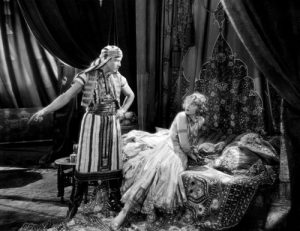
I don’t think that will ever be turned into a bumper sticker or anything, but if I had to chose one of the best markers of a hero, in my personal book, it would be the ability to respect a heroine’s boundaries. I’m not saying we have to have prolonged negotiations, or bring back historic courtship rituals before our characters are allowed to hold hands. But more and more, I am worried that we are returning to the themes of the “rape fantasy romances” that became super-popular in the 1970’s, where women were only allowed to experience pleasure and desire after a man forced it on them. While those themes are not as explicit in today’s books, every time I see a hero “grab” a heroine, “slam” their mouth against a heroine’s, or “crush” them in some kind of embrace, I cringe. Because this behavior is often a result of a hero’s privileged position–usual wealth or social standing–and his personal desires overriding the heroine’s right to bodily and emotional autonomy. And that isn’t right, in real life, or in a fictional world that is supposed to offer us the chance of a better world.



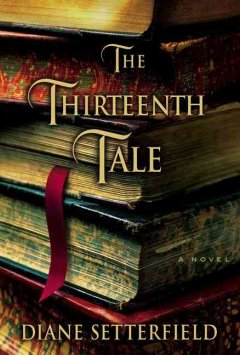
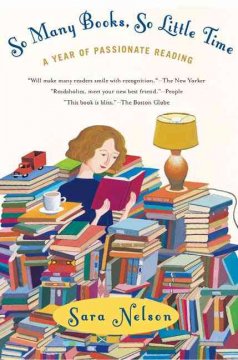
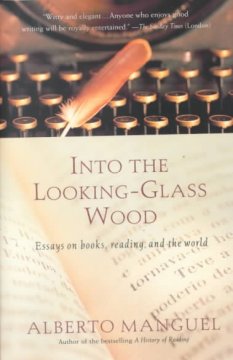

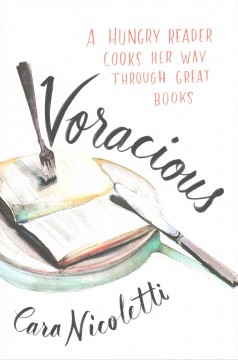

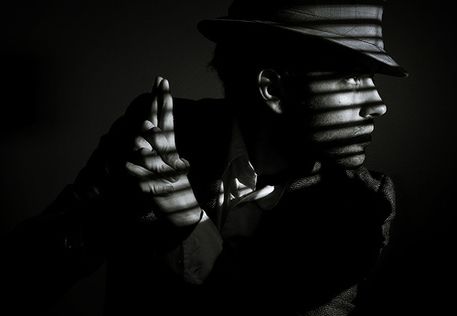

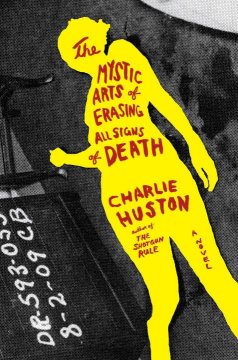
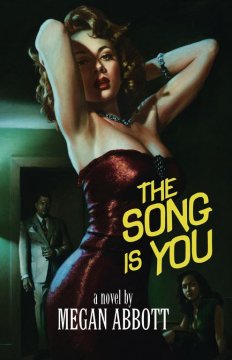
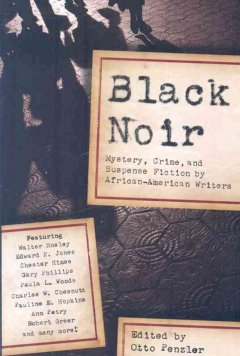
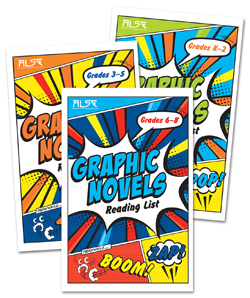
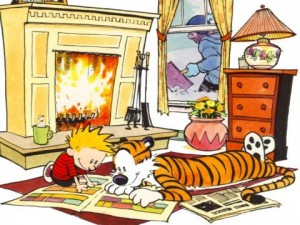
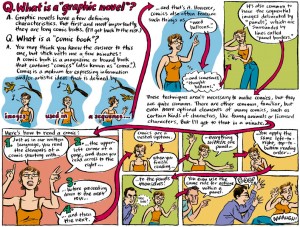
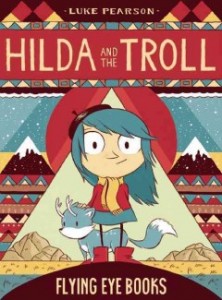
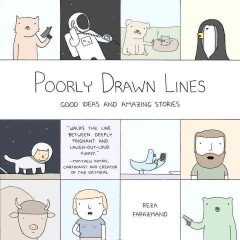
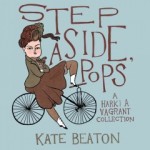
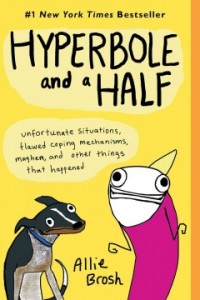

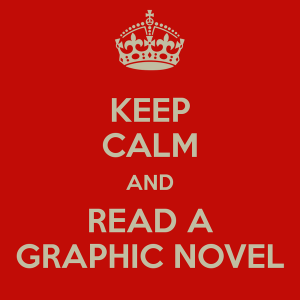
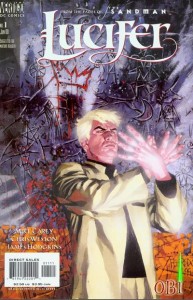
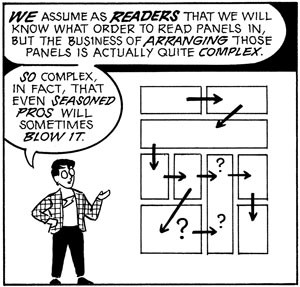
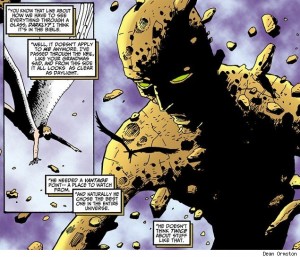
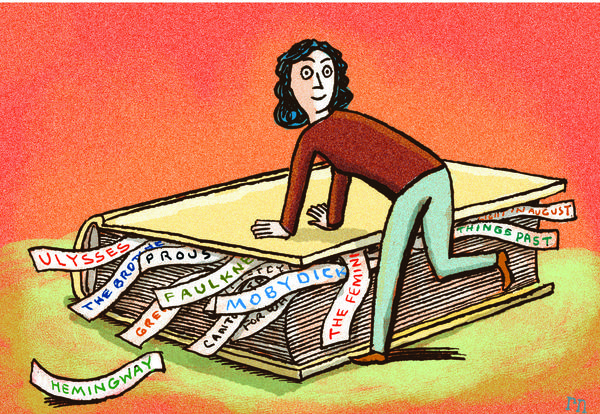
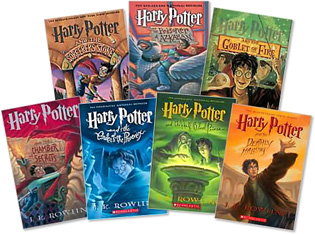
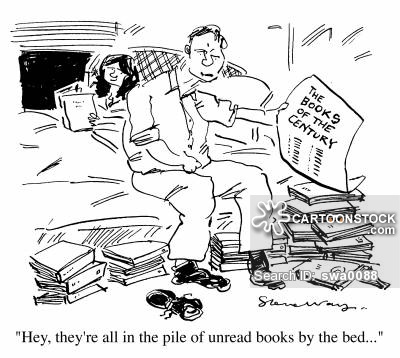
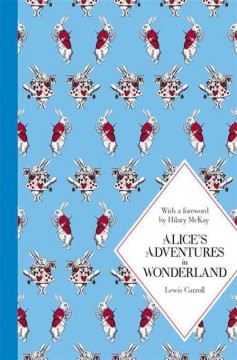
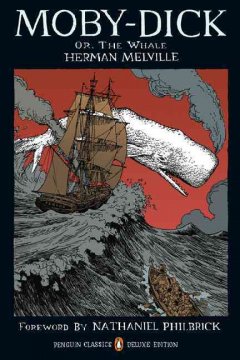
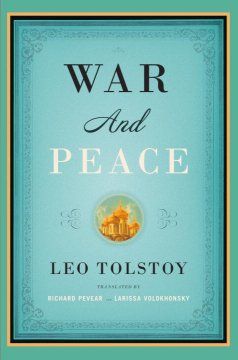
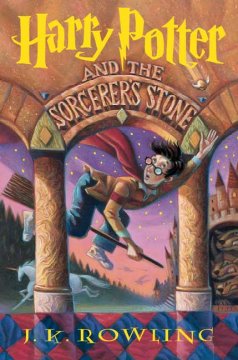

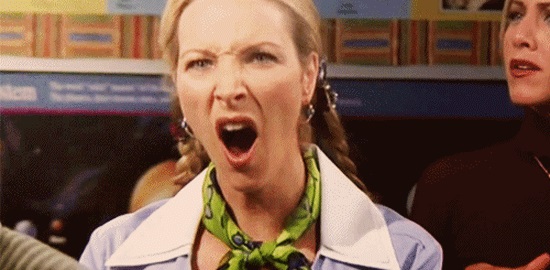

 – Breathe– This is generally a good step for any stressful moment (and yes, books can cause stressful moments) as it allows you to take a beat and regroup.
– Breathe– This is generally a good step for any stressful moment (and yes, books can cause stressful moments) as it allows you to take a beat and regroup. – Remember the good times – This goes for the book in question and for your relationship with the offending bibliophile. There were reasons you love this book; relish those (also see the next step). You may also want to re-read the book to bring those memories flooding back. There are also reasons why you originally valued the opinion of whoever it is you happen to disagree with at the moment. Maybe they led you to some great reads or you’ve shared many books in common in the past. It’s good to remember why you’ve come to value that person/blogger/voice’s opinion in the first place.
– Remember the good times – This goes for the book in question and for your relationship with the offending bibliophile. There were reasons you love this book; relish those (also see the next step). You may also want to re-read the book to bring those memories flooding back. There are also reasons why you originally valued the opinion of whoever it is you happen to disagree with at the moment. Maybe they led you to some great reads or you’ve shared many books in common in the past. It’s good to remember why you’ve come to value that person/blogger/voice’s opinion in the first place. – Don’t forget empathy– While someone’s dislike of one of your favorite books may feel like an affront to your very soul, remember that there may be books you don’t like that cause contention with those who respect your reading opinion. Remembering this affronted feeling can help you understand the other side of things. A dear friend and I enjoy many of the same books, but are consistently at odds about J.R.R. Tolkien . She adores him and I have no good things to say about what I’ve read of him. We just consider this difference something that keeps our friendship interesting . After all, how boring would life be if everyone agreed on everything?
– Don’t forget empathy– While someone’s dislike of one of your favorite books may feel like an affront to your very soul, remember that there may be books you don’t like that cause contention with those who respect your reading opinion. Remembering this affronted feeling can help you understand the other side of things. A dear friend and I enjoy many of the same books, but are consistently at odds about J.R.R. Tolkien . She adores him and I have no good things to say about what I’ve read of him. We just consider this difference something that keeps our friendship interesting . After all, how boring would life be if everyone agreed on everything? – Move forward – This can be difficult if you consider a book you particularly love as part of intellectual and/or emotional makeup, but finding new common ground with your fellow book-lover shows that you have the courage to accept someone’s difference of opinion and still find other ways to consider his/her input valuable.
– Move forward – This can be difficult if you consider a book you particularly love as part of intellectual and/or emotional makeup, but finding new common ground with your fellow book-lover shows that you have the courage to accept someone’s difference of opinion and still find other ways to consider his/her input valuable.